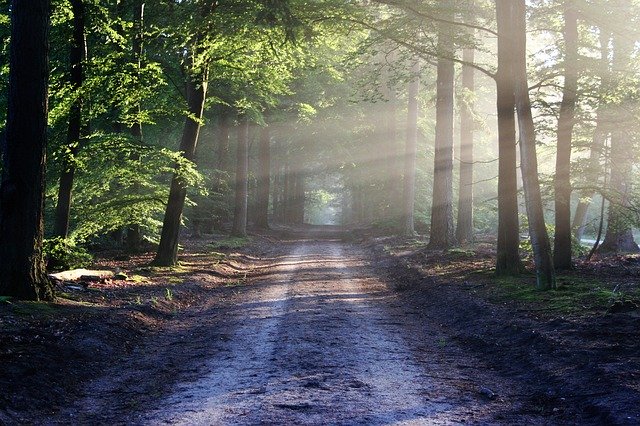Numerous animals need forests to live and endure. Forests are significant and develop in numerous spots the world over. They are a biological system which incorporates numerous plants and animals. Temperature and precipitation are the two most significant things for forests. Forests are there in any event, when there was no presence of people, with the mediation of people, these forests were discovered and differentiated by specific names as indicated by their history. Right now nobody names a forest close to them as indicated by their history yet picking in vogue names is the new design and for this purpose online generators are utilized to make names with no pressure. One such generator is recorded on this site here – namingnature.com/forest-name-generator to make increasingly appealing and simple names for these regular natural surroundings.

Forests covers approximately 4 billion hectares or 30 percent of Earth’s property Surface
Forests cover around four billion four billion hectares. That speaks to around 30 percent of Earth’s property surface or eight percent of its absolute surface area. Ten nations hold around 66% of the world’s forest cover, driven by Russia, Brazil, Canada, the United States, China and Democratic Republic of the Congo.
Forests are storage facilities of biodiversity
The world’s forests are thought to house in excess of 50 percent of the world’s plant and animal species. The highest biodiversity at any point recorded ashore is in the Amazon rain-forest, specifically the area where the Amazon meets the Andes mountains in Peru and Ecuador. Forests in Borneo, New Guinea, northwestern South America and Central America, and the Congo Basin are different hotbeds of species lavishness. A portion of these forests may house in excess of 300 types of tree for every hectare.
The World Despite Everything loses huge areas of forest each year
Appraisals of worldwide forest misfortune shift contingent upon how forests are characterized, the strategy for estimating misfortune, and time allotments, yet there is no doubt that huge areas of forest keep on being hacked down. As per the UN’s. study of national forestry offices, total deficit of normal forests found the middle value of 6.6 million hectares for every year between 2010-2015. The main part of that misfortune in the course of recent years happened in the tropics, driven by Brazil, Indonesia, and Myanmar. Anyway satellite information that took a gander at change in tree cover, appeared far more significant levels of gross forest misfortune: 19 million hectares in 2014 alone.
Forests are recovering in certain nations
While the greater part of the world’s consideration is on forest misfortune, forests are recovering in certain nations. For instance, tremendous areas of forest have regrown in North America and Europe following a very long time of demolition. All the more as of late, nations like Costa Rica and New Zealand have switched deforestation patterns. Also, a few countries, similar to China and Rwanda, are forcefully replanting forests to reestablish environment work.
The absolute best ensured forests are those involved by indigenous people groups
Research has demonstrated that a portion of the world’s best secured forests are those occupied by indigenous people groups. Naturally this bodes well, given that individuals who have lived in forests for ages perceive the estimation of the biological system on which they depend for nourishment, sanctuary, and water. Studies have likewise discovered that tree cover is better kept up in areas where networks have legitimate rights to forest terrains.
